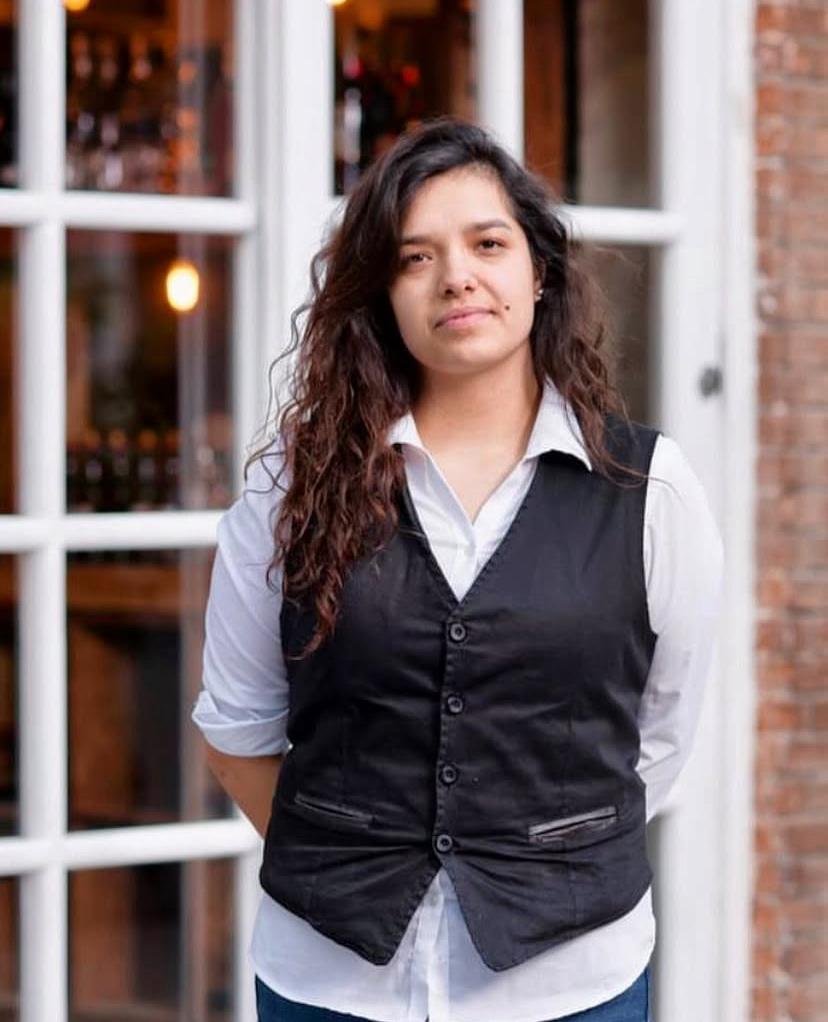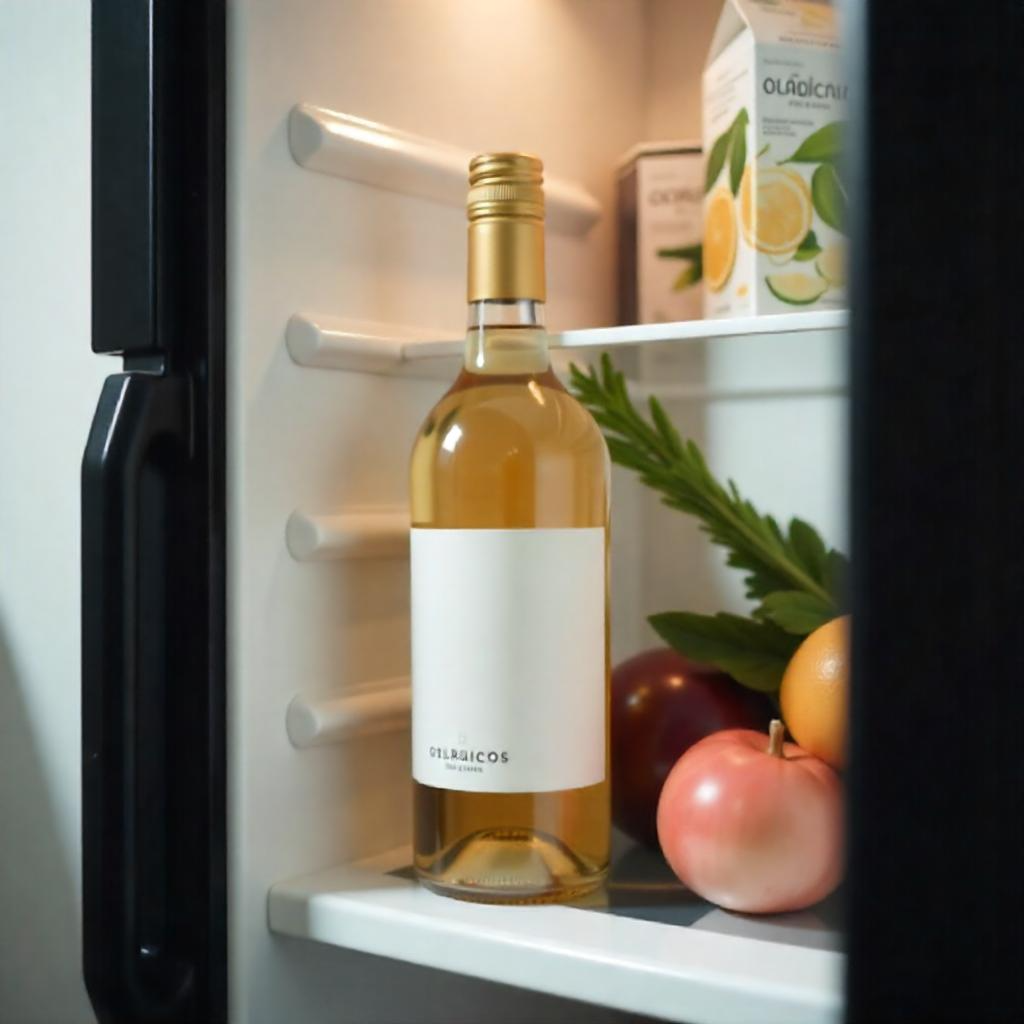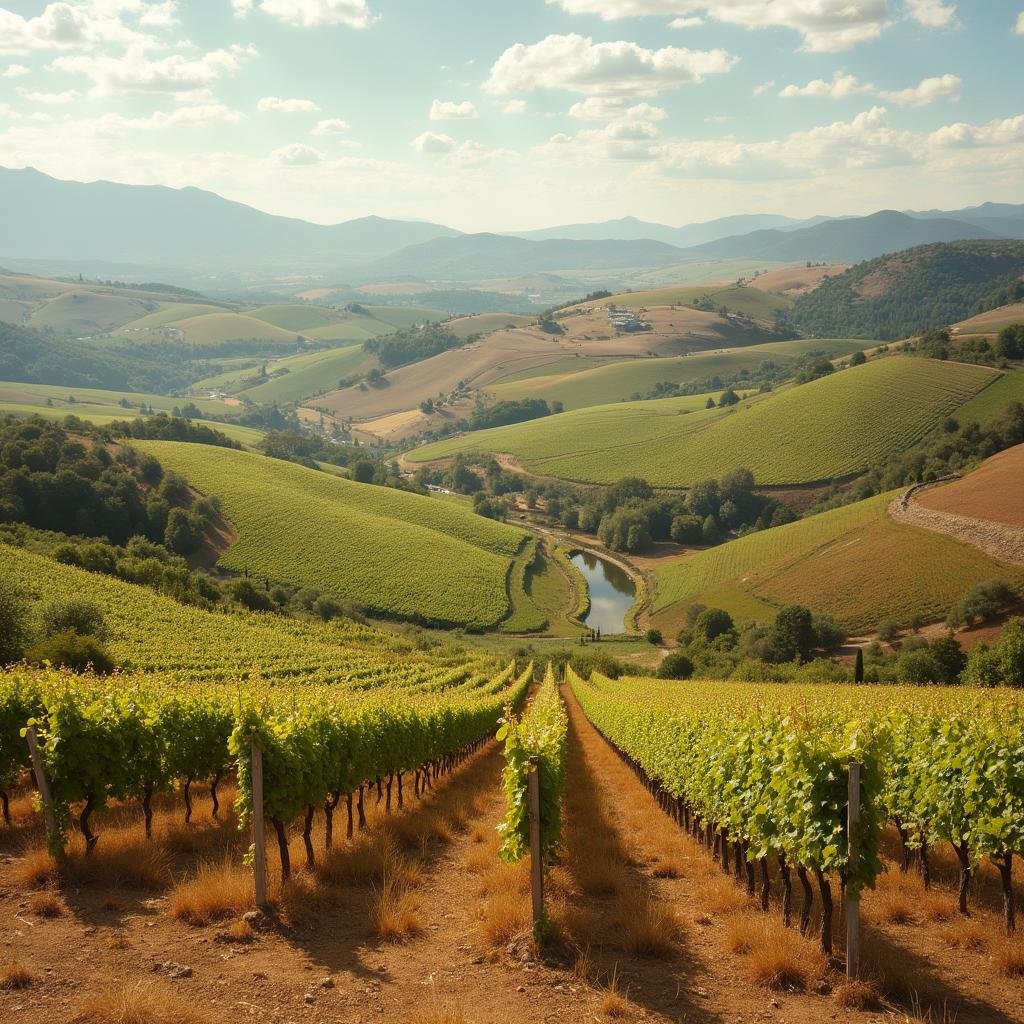Opening a bottle of wine marks the beginning of a delightful experience—one that invites sharing and savoring. But what should you do when there’s leftover wine? Knowing how long an open bottle of wine lasts and how to store it properly is essential to preserve its quality and avoid waste.
A Guide to Chilean Wines and the Colchagua Valley
In Chile, particularly in the Colchagua Valley—renowned for its world-class wines—correct wine storage is key to fully appreciating its unique aromas and flavors.
How Long Open Chilean Wines Last, Depending on the Type
- Red Wines from Colchagua (Carménère, Cabernet Sauvignon, Syrah): 3 to 6 days. Thanks to their tannins and acidity, they retain freshness and body for several days.
- White Wines (Chardonnay, Sauvignon Blanc): 3 to 5 days, always refrigerated to preserve their fruity, fresh notes.
- Rosé and Sparkling Wines: 1 to 2 days, as they quickly lose their bubbles and freshness.
- Fortified Wines (Port, Sherry, sweet wines): up to 6–7 days, and even up to 3 weeks in some cases, due to their high sugar and alcohol content acting as natural preservatives.
Best Tips to Preserve an Open Bottle of Wine
- Re-cork the bottle using the original cork. This is key to limiting oxygen exposure and delaying oxidation, helping maintain the wine’s aromas and freshness. If you don’t have the original cork, use a wine stopper or vacuum pump.
- Refrigerate white and rosé wines immediately to retain freshness. Red wines can also be refrigerated, especially in warmer climates like Chile’s.
- Minimize oxygen contact using vacuum pumps or special stoppers that extend wine longevity.
- Use the “re-bottling” method by transferring leftover wine to a smaller container (e.g., from a 750 ml to a 375 ml bottle) to reduce the amount of oxygen inside. Store it in the vegetable drawer at the bottom of your fridge.
Expert Advice from Colchagua
Camila Núñez, sommelier at Viña Viu Manent’s restaurant in Colchagua, also recommends drinking sparkling wines within the first 24 hours after opening. “Even with a special stopper, sparkling wines lose their character over time. To enjoy their bubbles and aromas fully, open them just before serving and finish the bottle the same day,” she advises.

Extra Tips for Better Storage
Avoid storing wine near strong-smelling foods like blue cheese or garlic, as wine can absorb these unwanted aromas. Also, the less wine left in a bottle, the faster it will oxidize, so try to consume it sooner if there’s little remaining.
How to Tell If a Wine Has Gone Bad
- Color changes: browning in red wines or cloudiness in whites.
- Unpleasant smells: vinegar, wet cardboard, or mold.
- Off taste: lifeless wines with too much acidity or strange flavors should be discarded.
If you notice any of these signs, it’s better to play it safe: toss the wine and open a new bottle. Wine should always be a safe and enjoyable experience.
For You: Vertical Wine Tasting in Colchagua
The Colchagua Valley and a Culture of Responsible Wine Enjoyment
The Colchagua Valley is home to iconic, high-quality wines from wineries like Montes, Clos Apalta, and Viña Encierra. Here, wine care doesn’t end with the bottle—education on preservation is part of the wine tourism experience, helping visitors and locals enjoy every glass responsibly.
Many local wineries also offer short courses and workshops on tasting, serving, and storing wine. These are fantastic opportunities to learn, taste award-winning wines, and deepen your connection to Chilean wine culture.
Final Thoughts: Enjoy Every Drop with Confidence
Whether you’re visiting Colchagua or enjoying a bottle at home, knowing how long does an open bottle of wine lasts helps ensure every sip retains the charm and excellence that Chilean wine has to offer. And this is how Long Does an Open Bottle of Wine.









